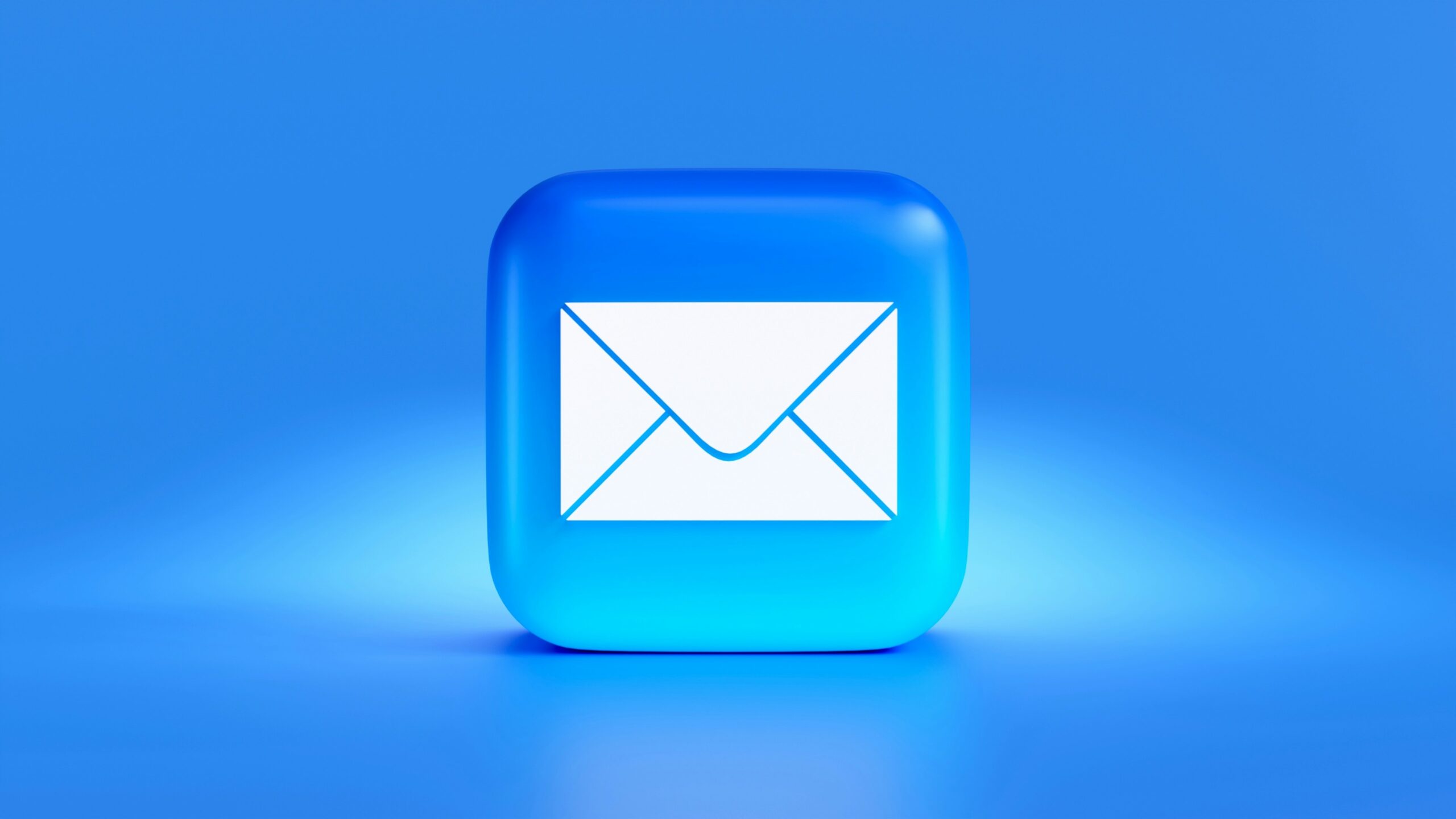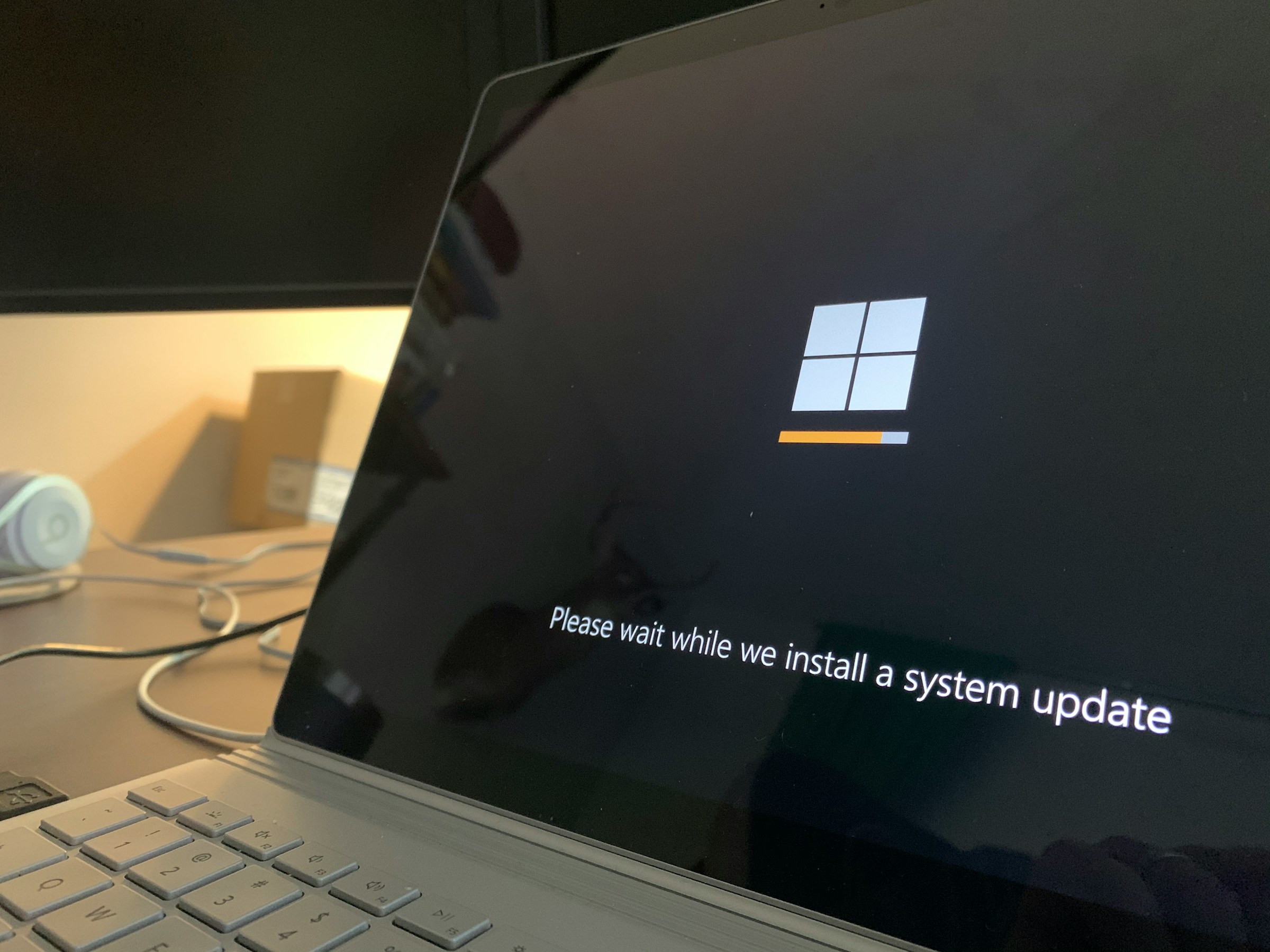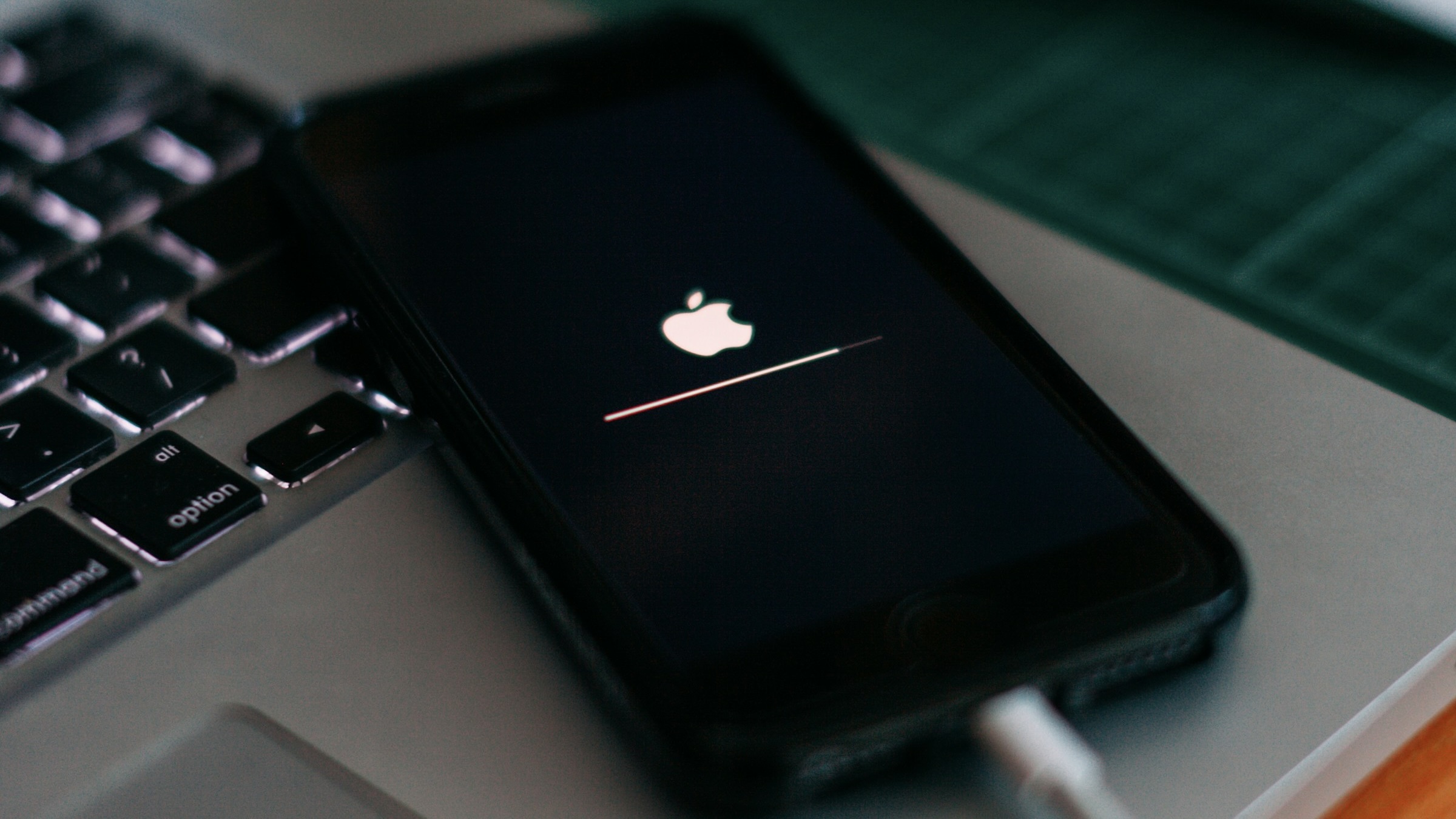You Should Encrypt Your Important Emails

When it comes to choosing a platform for sharing sensitive information, email usually ranks pretty low on the list. Security experts tend to recommend platforms that are end-to-end encrypted by default if you want to make sure no one else can access the information being shared. However, email can be a secure messaging platform, so long as it’s set up correctly ahead of time.
Why is email usually not secure?
The reason most cybersecurity advice strongly encourages you not to share confidential work information over email is because email is, traditionally, not encrypted as it passes from your email server to your recipient’s. As such, these messages are sent without much protection, and stored in plain text.
While you would typically think someone without access to your email credentials wouldn’t be able to read your emails, if a bad actor compromises the network in any way, it would not be difficult for them to read any and all messages sent—including the ones that have sensitive business information.
It’s the same reason SMS is not a secure messaging platform: The lack of encryption means the messages are very easy to intercept. Normal email is fine for typical business correspondence, but when it comes to sending information you need to keep private, it isn’t the most secure method.
Email can be more secure
If you want or need to send important business information over email, the best thing to do is to encrypt your message before sending. This is often overlooked, since most email is not encrypted by default, but it isn’t hard to do, and it can protect your messages while still offer the convenience of traditional email.
Outlook, for example, allows you to encrypt your email. There are many different ways to set this up, but for Microsoft 365, it’s simple:
Start a new email, then click Options, choose Encrypt, then choose the encryption type you want to use from the list. To encrypt all outgoing emails, click File > Options > Trust Center > Trust Center Settings. From here, look for the Email Security tab, then choose Encrypt contents and attachments for outgoing messages.
Share This




great information to have and employ. Does the recipient need to have something in play that will decrypt the message when it arrives? Or is the encryption only in the cyber space route from one device to the other? If the recipient replies, will that response also be encrypted or do they have to employ the same settings feature?